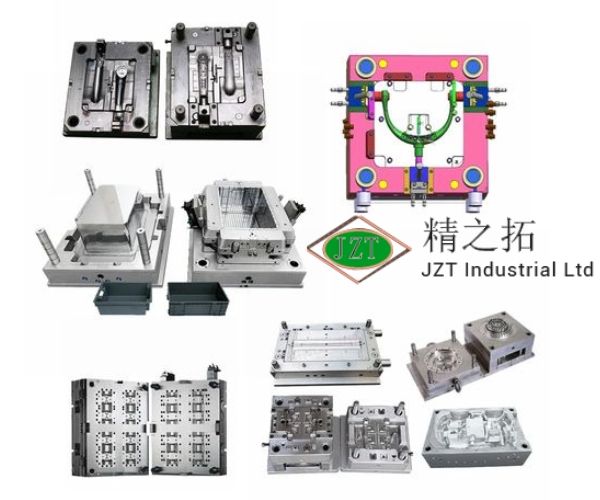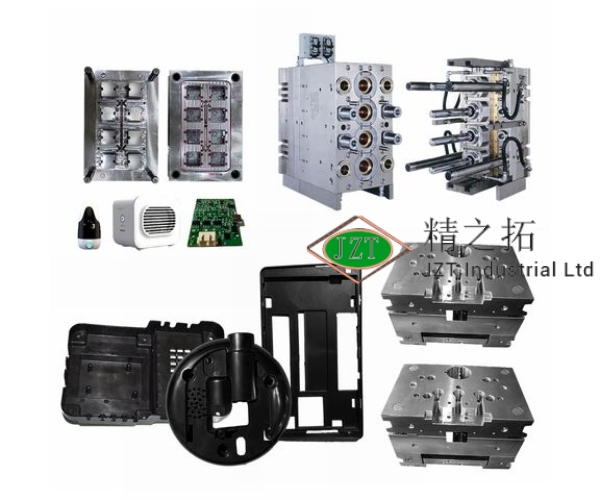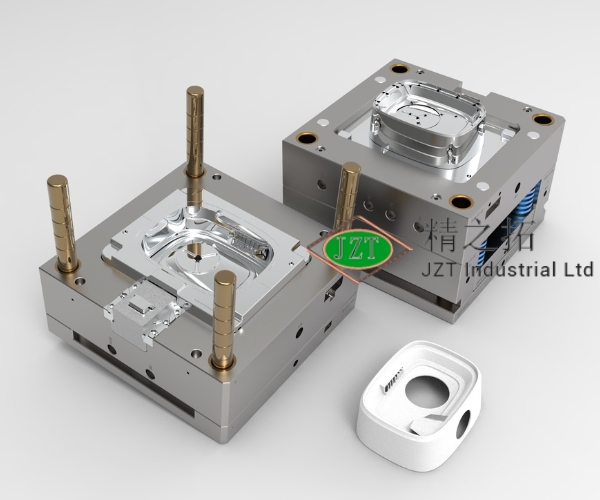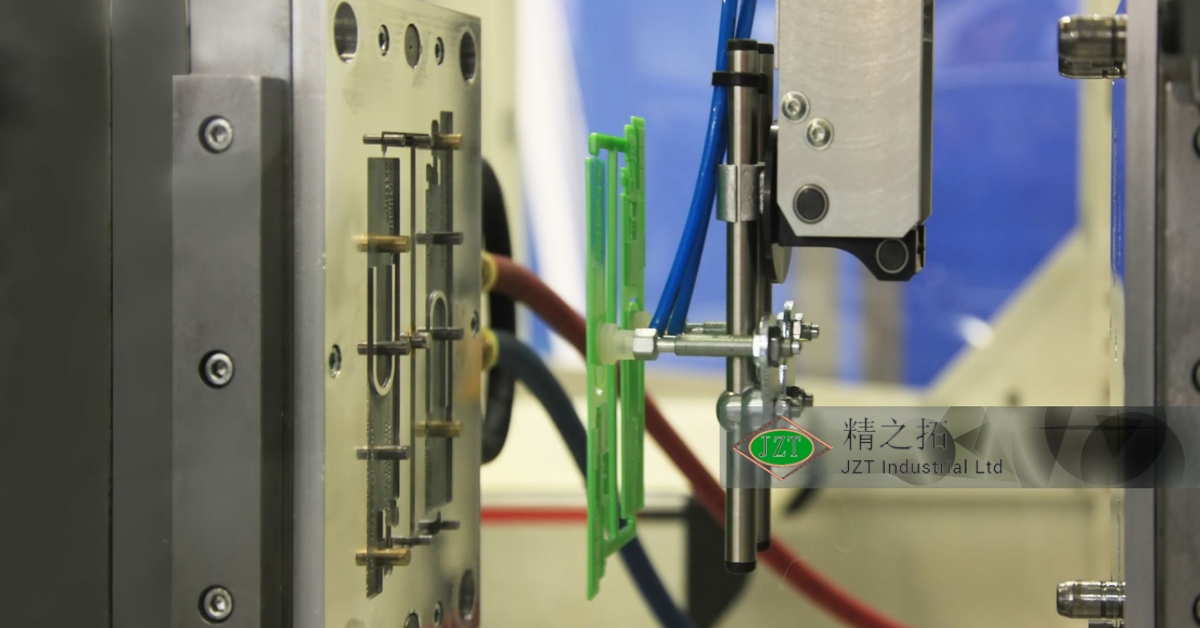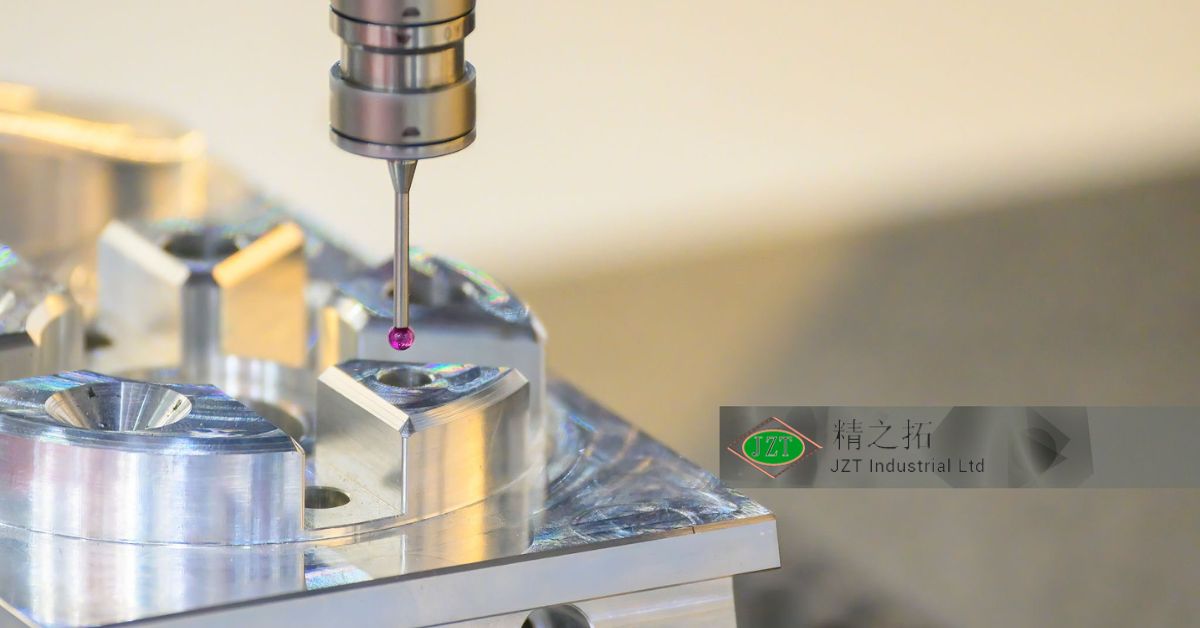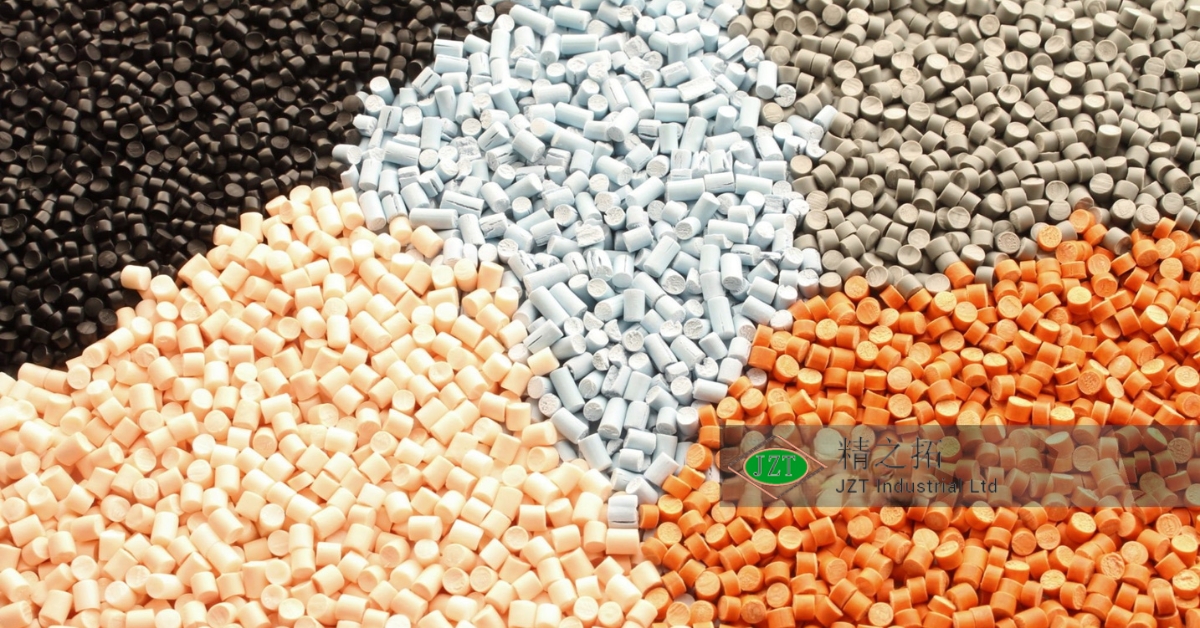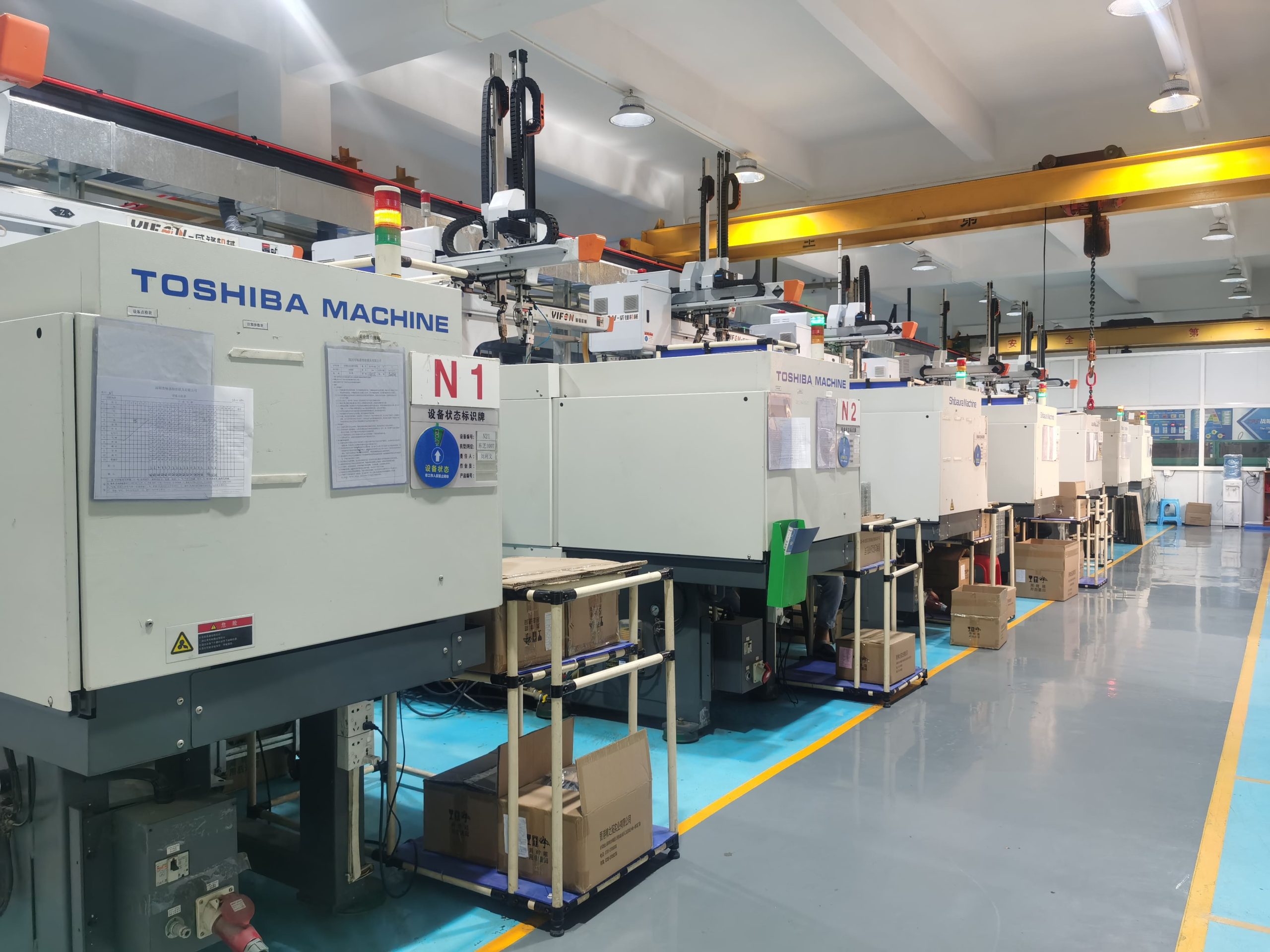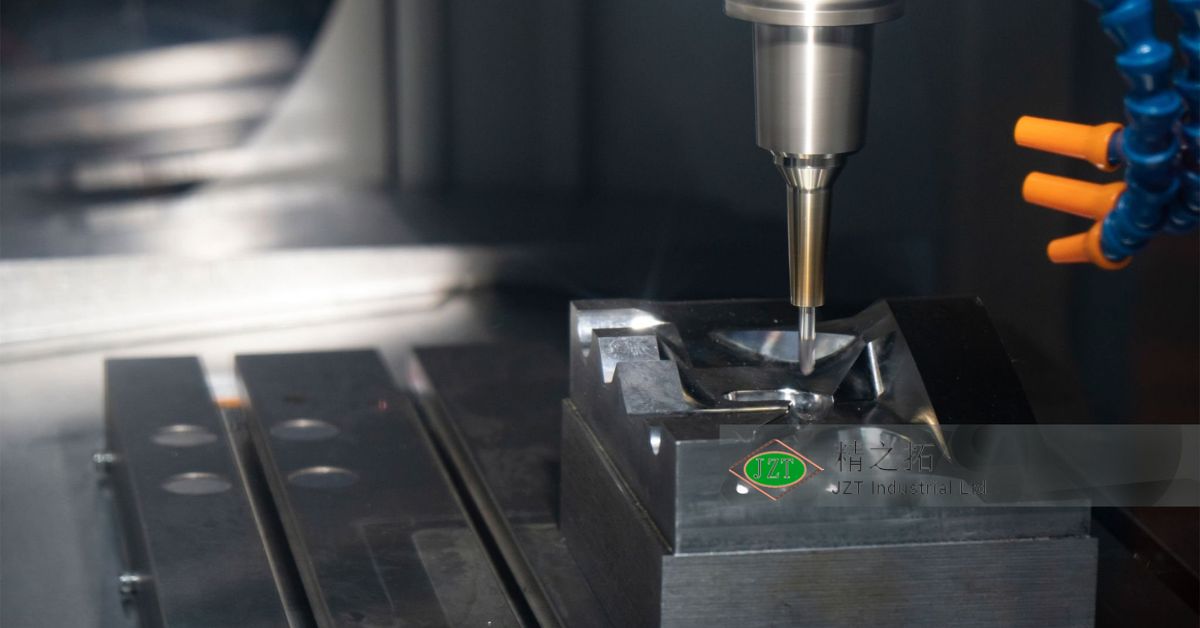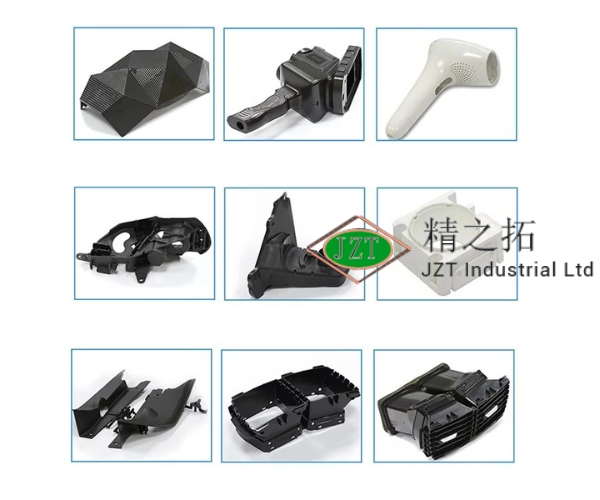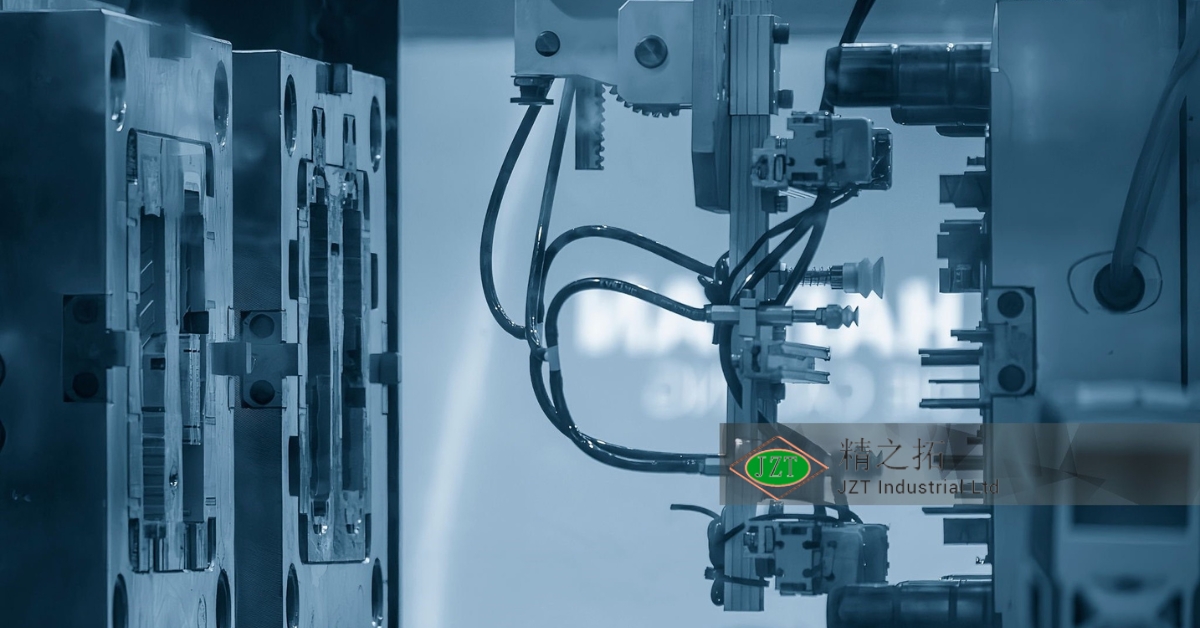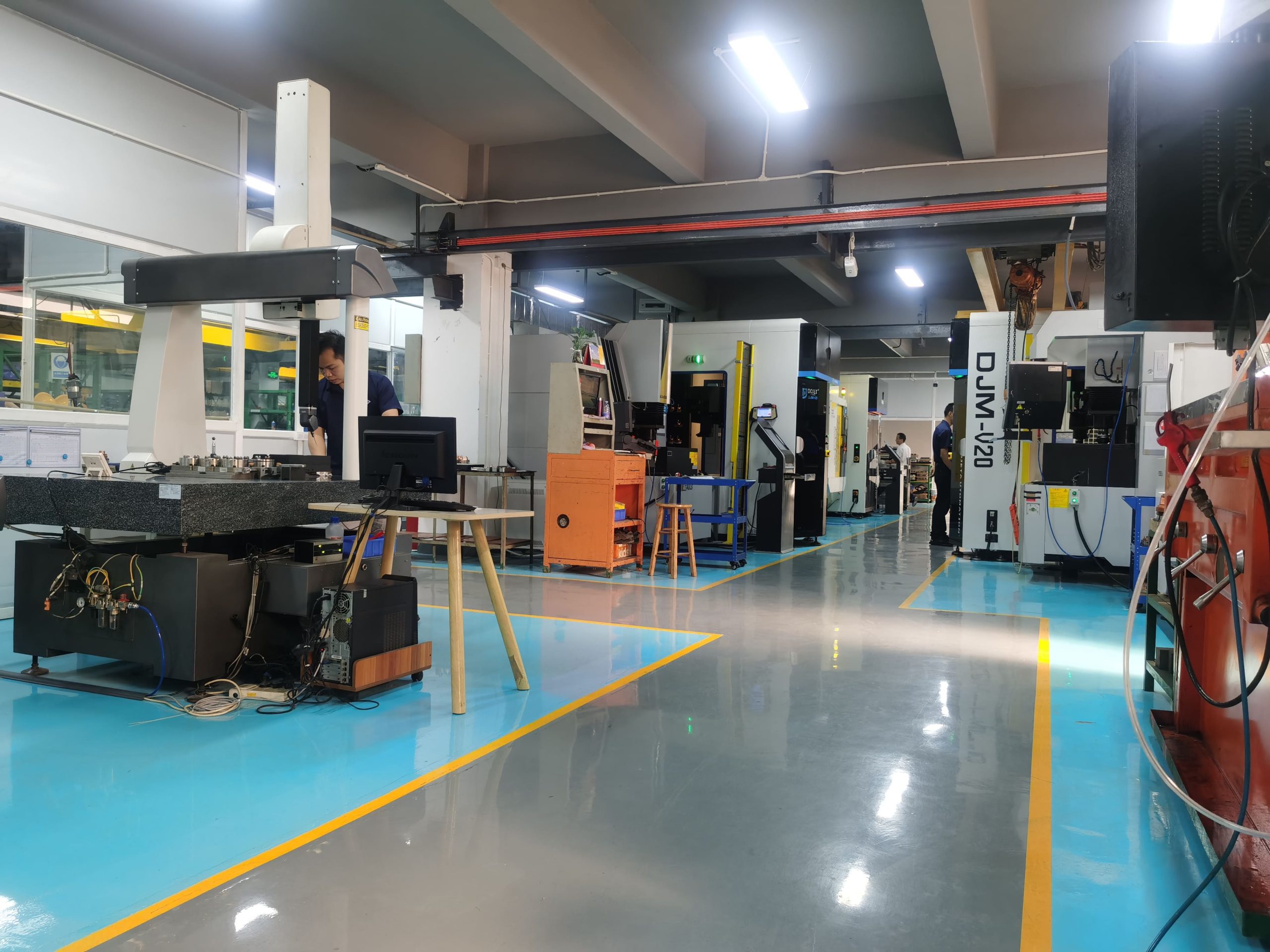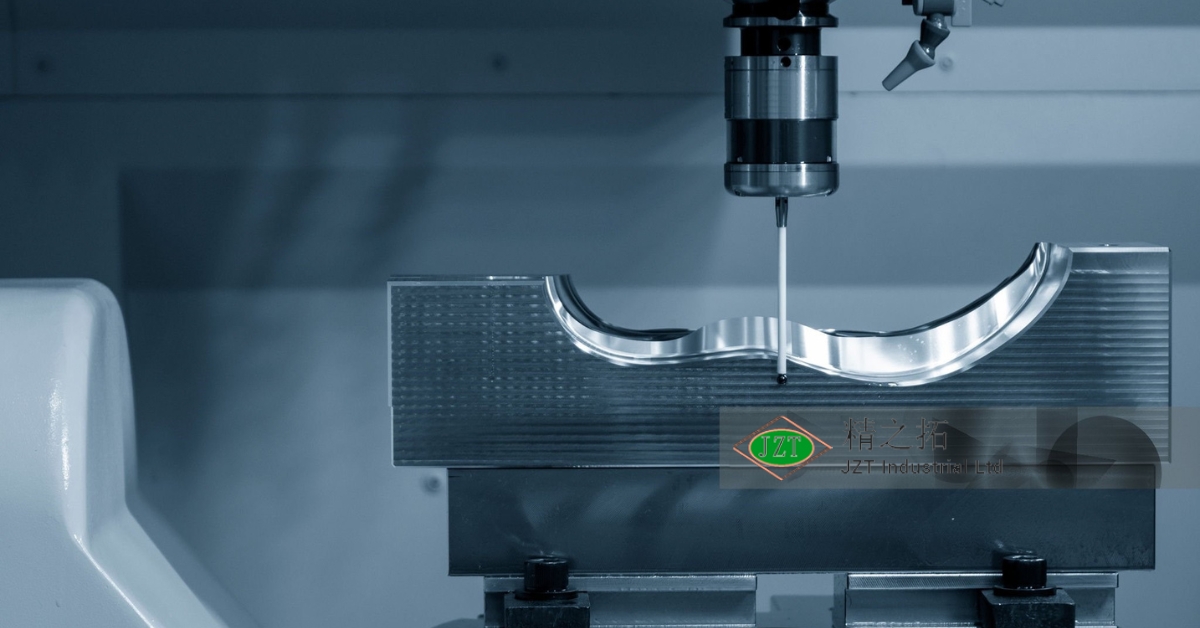소개
Plastic Injection Molding as a Backbone of Electronic Component Manufacturing
Plastic injection molding is fundamental to the electronics industry, providing a reliable, cost-effective way to produce millions of identical parts efficiently. From tiny connectors to complex housings, injection molding enables manufacturers to create high-quality mass production plastic parts in electronics that meet exacting standards. This method of manufacturing, which uses precisely crafted molds to shape plastic into specific components, allows for the creation of durable, consistent parts that are crucial in modern electronics.
The unique needs of electronics, including precision, durability, and resistance to environmental factors, make injection molding a preferred choice for 플라스틱 부품 제조업체 producing custom components for everything from smartphones to industrial machinery. Not only does injection molding support scalability, but it also helps manufacturers manage costs while meeting the growing demand for 맞춤형 플라스틱 부품 in the tech industry. This article explores the essential role of plastic injection molding in electronics manufacturing, highlighting its advantages, the technology involved, and how it supports high-volume production with unparalleled accuracy.
Understanding Plastic Injection Molding in Electronics
Plastic injection molding is a manufacturing process where plastic is melted, injected into a mold, and then cooled to create a finished product. This process is highly efficient and repeatable, making it ideal for the electronics industry, which requires large quantities of precisely engineered parts. 플라스틱 사출 금형 are created to specific dimensions and tolerances, enabling manufacturers to achieve consistency across millions of units, a critical requirement in electronics.
Types of Plastics Commonly Used in Electronics
The choice of plastic material plays a crucial role in ensuring that parts meet the demanding standards of the electronics industry. Key materials include:
- ABS(아크릴로니트릴부타디엔스티렌): Known for its impact resistance and durability, ABS is widely used for electronic housings, casings, and enclosures. Its stability at different temperatures makes it a good choice for products exposed to variable environments.
- 폴리카보네이트(PC): Polycarbonate is another popular choice due to its excellent transparency and high impact resistance, making it ideal for parts that require both durability and transparency, such as LED covers.
- 폴리프로필렌(PP): This material is lightweight, has good chemical resistance, and is cost-effective. Polypropylene is often used in connectors and other lightweight components where flexibility and durability are important.
- PEEK (Polyether Ether Ketone): Known for its exceptional thermal stability and chemical resistance, PEEK is used in high-performance electronic components that need to withstand extreme environments.
Each of these materials offers unique benefits, making them suitable for a variety of electronic applications, from housings and connectors to insulating parts and sensor components.
Key Benefits of Injection Molding in Electronics
Plastic injection molding offers several advantages that make it ideal for electronic component manufacturing:
- Precision and Consistency: Injection molding allows for tight tolerances, critical for electronic parts that must fit together precisely. This precision ensures that all parts meet the same high standards across large production runs.
- 확장성: The process is highly scalable, allowing manufacturers to produce parts in high volumes while maintaining consistent quality.
- Material Efficiency: With the right mold design, injection molding minimizes waste, as excess plastic can be recycled back into the process.
- 비용 효율성: Although initial tooling costs can be high, injection molding becomes cost-effective when producing large volumes, reducing the per-part cost significantly.
These benefits make injection molding a cornerstone of modern electronics manufacturing, enabling companies to produce the precise, high-quality parts that the industry demands.
Why Plastic Injection Molding is Ideal for Mass Production of Electronic Components
Injection molding’s scalability and precision make it the ideal choice for manufacturing electronic components, which often require intricate designs and a high degree of consistency. The process can be fully automated, ensuring that each component meets strict quality standards, which is crucial for electronics where even minor deviations can lead to functional issues.
Scalability of Injection Molding
Injection molding is one of the few manufacturing processes that can be scaled up for mass production without sacrificing quality. Once the mold is created, it can produce hundreds or even thousands of parts per hour. This scalability is essential for electronics manufacturers who need to meet high demand and ensure a steady supply of components for assembly lines.
Precision and Tolerance Standards
Electronic components often require extremely tight tolerances, as even a minor deviation can impact functionality. Injection molding allows manufacturers to achieve these tight tolerances repeatedly, ensuring that each part is identical and performs as intended. This precision is vital for connectors, housings, and other parts that need to fit together seamlessly.
Cost-Effectiveness in Large Volumes
For high-volume production, injection molding offers unmatched cost efficiency. The initial cost of creating a mold may be high, but once in place, the mold can produce parts at a fraction of the cost of other methods. This makes injection molding particularly cost-effective for electronics, where large quantities of parts are needed to support mass production.
재료 효율성 및 폐기물 감소
Injection molding is designed to be highly efficient, with optimized molds that reduce excess material and waste. Any waste plastic can often be recycled within the production cycle, further minimizing material costs. This efficient use of materials is both cost-effective and environmentally friendly, aligning with the increasing emphasis on sustainable manufacturing practices.
Speed and Automation in Production
The injection molding process can be automated, significantly increasing production speed. Automation not only improves cycle times but also reduces labor costs and the risk of human error, leading to faster and more reliable production. This speed is crucial in electronics, where time-to-market can make a significant difference in competitiveness.
Essential Factors in Plastic Injection Molding for Electronic Components
Injection molding for electronic components involves careful consideration of materials, design, and quality standards to ensure that parts meet the high demands of the industry.
Material Selection and Electrical Properties
Materials used in electronics must meet specific electrical properties to ensure safety and functionality:
- Flame Retardancy: Many electronic components must be flame-resistant to prevent fires in case of electrical faults. Flame-retardant plastics like polycarbonate or specialized ABS are often used.
- Dielectric Strength: Dielectric strength measures a material’s ability to insulate against electrical currents. High dielectric strength is essential for preventing short circuits, especially in components that separate electrical currents.
- 열 안정성: Electronic devices can generate significant heat, and components need to maintain structural integrity under these conditions. Materials with high thermal stability, such as PEEK, are ideal for parts that may be exposed to elevated temperatures.
- Anti-Static and Conductive Plastics: Some electronics require anti-static properties to prevent damage from electrostatic discharge (ESD). In certain cases, conductive plastics are used to shield components from electromagnetic interference (EMI).
These properties are essential to ensure that components are safe, durable, and capable of performing reliably in electronic devices.
Design Considerations for Electronic Parts
Injection molding for electronics requires meticulous design to ensure that parts are functional, durable, and compatible with other components:
- Thin Wall and Miniature Part Production: Modern electronics require lightweight, compact components, which often involve thin-walled parts. Injection molding allows for the production of thin-walled parts with high strength, essential for space-saving designs.
- Overmolding and Insert Molding for Assembly Integration: Overmolding and insert molding techniques allow for multiple materials to be combined in a single part, reducing the need for secondary assembly. This integration is beneficial for creating robust, multi-functional components.
- Designing for Assembly and Compatibility: Each component in an electronic device must fit precisely with others. Injection-molded parts can be designed with exact dimensions and locking mechanisms to ensure seamless assembly.
- Heat Dissipation Features: In high-heat applications, mold designs can incorporate heat sinks or fins to aid in heat dissipation, ensuring that components stay cool and function efficiently.
These design considerations help ensure that injection-molded parts meet the functionality and durability requirements of modern electronics.
Quality and Precision Standards
Quality control is crucial in electronics manufacturing, as defective parts can compromise the entire device’s functionality:
- Ensuring Dimensional Accuracy: Tight tolerances are required for electronic parts, as even slight variations can impact performance. Injection molding provides the precision needed for consistent, high-quality parts.
- Non-Destructive Testing (NDT): Non-destructive testing methods like X-ray and ultrasonic inspections are used to verify the internal integrity of components without damaging them.
- 통계적 공정 관리(SPC): SPC uses data analysis to monitor and control the production process, ensuring that parts remain within acceptable tolerances.
- Traceability and Documentation Requirements: For regulatory and quality assurance, each component must be traceable through its production history. This documentation is essential in electronics, where traceability is often required to meet compliance standards.
These quality and precision standards are essential for delivering reliable, high-performance components in electronic devices.
Injection Molding Technologies and Techniques for Electronics
Advanced injection molding technologies allow manufacturers to meet the specific needs of the electronics industry, from complex part geometries to integrated multi-material components.
Overmolding and Multi-Shot Molding
Overmolding and multi-shot molding involve molding multiple layers or materials in a single part. This technique is ideal for creating electronic components with complex properties, such as combining hard and soft plastics or integrating rubberized seals directly into a part.
Insert Molding for Integrated Electronics
Insert molding involves placing a metal or other material insert into the mold, which is then encased in plastic. This process is used to create components that require both metal and plastic parts, such as circuit board connectors, where durability and precision are crucial.
Thin Wall Injection Molding
Thin wall molding is a specialized technique for creating parts with minimal wall thickness, essential in electronics where space is limited. This method allows for lightweight, strong parts that fit into compact devices.
Gas-Assist Injection Molding
In gas-assist molding, nitrogen gas is injected into the mold alongside the plastic, creating hollow parts with complex geometries. This technique is useful in electronics for producing lightweight, intricate parts that maintain structural integrity.
Precision and Micro-Injection Molding
Micro-injection molding is ideal for producing extremely small parts with intricate details, required in modern electronics like sensors, micro connectors, and other miniature components. This technique allows manufacturers to create precise, high-quality parts for the smallest electronic devices.
These specialized molding techniques enable manufacturers to produce the complex, high-precision parts that are essential in electronics manufacturing.
The Role of Automation in Mass Production of Electronic Components
Automation plays a critical role in plastic injection molding for electronics, supporting high-speed, high-accuracy production with minimal human intervention. Advanced robotics and real-time monitoring enhance efficiency and quality.
Automated Part Ejection and Assembly
Robots can quickly eject molded parts and even begin assembly immediately, streamlining production. Automated ejection systems reduce cycle times and ensure that each part is handled consistently, minimizing the risk of defects.
Real-Time Monitoring and Process Control
Real-time monitoring allows manufacturers to track and adjust parameters during production, ensuring optimal conditions for each cycle. Internet of Things (IoT) devices collect data on temperature, pressure, and other factors, helping operators maintain quality and prevent issues before they arise.
Automated Quality Inspection
Machine vision and AI are used for rapid quality inspection, detecting even the smallest defects without slowing down production. These systems can identify surface imperfections, size discrepancies, and alignment issues, ensuring that only high-quality parts proceed in the assembly line.
Cycle Time Optimization through Automation
Automation can significantly reduce cycle times by optimizing each step of the injection molding process. Faster cycles increase throughput, allowing manufacturers to produce high volumes efficiently.
Post-Processing Automation
Post-processing steps, such as trimming or polishing, can be automated to speed up production and maintain consistency. Robotics streamline these finishing touches, preparing parts for immediate assembly or shipping.
By incorporating automation, manufacturers can improve efficiency, reduce costs, and maintain quality, making it essential for large-scale production in the electronics industry.
Quality Control in Plastic Injection Molding for Electronics
Quality control is crucial in the production of electronic components, as even minor defects can lead to functional issues or device failures. With plastic injection molding, maintaining high standards is essential to ensure that each part meets the stringent requirements of the electronics industry. Advanced quality control measures help manufacturers achieve the consistency and reliability needed for mass production plastic parts in electronics.
Critical Inspection Points for Electronic Parts
Electronic components molded from plastic must meet tight tolerances, precise dimensions, and specific functional requirements. Inspection focuses on areas like connectors, which must align accurately, and housings that need to protect delicate internal components. Key inspection points include the following:
- Dimensional Accuracy: Ensuring that each part adheres to exact dimensions prevents issues during assembly and helps parts fit seamlessly with other electronic components.
- Surface Quality: The surface of plastic parts needs to be free from imperfections like scratches, warping, or flash, which can compromise the look and function of the component.
- Structural Integrity: Parts must meet strength requirements to ensure they can withstand physical stress during assembly or daily use in devices.
By concentrating on these critical areas, manufacturers can catch defects early, reducing the risk of costly recalls or device malfunctions.
Non-Destructive Testing (NDT) for Electronics
Non-destructive testing (NDT) methods, such as X-ray, ultrasonic, and visual inspection, are essential for inspecting internal structures without damaging parts. For example, X-ray inspection can reveal internal voids, weak spots, or misalignments, which could lead to electrical or mechanical failure in electronic applications. Ultrasonic testing can also detect flaws within a molded part’s internal structure, ensuring each component meets high standards without affecting the part itself.
In-Process Monitoring and Quality Assurance
Quality assurance systems within the injection molding process play a vital role in maintaining consistency. Statistical Process Control (SPC), for instance, uses data analysis to track production trends and identify variances that may lead to defects. SPC monitors parameters like temperature, pressure, and cooling rates in real-time, allowing manufacturers to make quick adjustments to avoid issues.
Certification and Standards Compliance
Compliance with industry standards, such as ISO 9001 and ISO 14001, is a fundamental aspect of quality control in injection molding for electronics. These certifications ensure that manufacturers follow stringent quality management and environmental practices. Additionally, many electronic parts must comply with the Restriction of Hazardous Substances (RoHS) and other regulatory requirements, which aim to reduce harmful chemicals in manufacturing.
Sustainable Practices in Plastic Injection Molding for Electronics
Sustainability is becoming increasingly important in the electronics industry, as consumers and regulatory bodies demand eco-friendly products. Plastic injection molding offers various opportunities for manufacturers to adopt sustainable practices, from material recycling to energy-efficient production processes.
Material Recycling and Waste Reduction
Recycling is a core component of sustainable injection molding. Manufacturers can reuse plastic scraps, trimmings, and defective parts, minimizing waste and conserving resources. Implementing closed-loop recycling systems within facilities allows manufacturers to reprocess materials on-site, reducing the need for virgin plastic. By reducing waste, manufacturers not only lower costs but also make a positive environmental impact.
Using Recyclable and Eco-Friendly Materials
Selecting recyclable or biodegradable materials for electronic components supports environmental goals and aligns with consumer preferences for sustainable products. For example, some manufacturers are using bio-based plastics or biodegradable materials in non-critical electronic parts, such as casings or housings. Although not all electronic components can be made from biodegradable materials due to performance requirements, using recyclable alternatives is an effective way to improve sustainability.
Energy Efficiency in Production
Energy efficiency is critical for sustainable injection molding, as the process can be energy-intensive. Manufacturers can reduce energy consumption by using electric or hybrid injection molding machines, which consume less power than traditional hydraulic systems. Additionally, optimizing cycle times and implementing energy-efficient heating and cooling systems help lower the energy demands of injection molding operations, reducing both costs and emissions.
Closed-Loop Systems for Waste Management
A closed-loop system enables manufacturers to capture, recycle, and reuse waste plastic within their production process. By keeping materials in a continuous cycle, manufacturers minimize waste and reduce reliance on new resources. Closed-loop systems are particularly beneficial in high-volume production environments, where even small amounts of waste reduction can lead to significant resource savings over time.
Environmental Certifications and Compliance
Compliance with environmental standards, such as RoHS (Restriction of Hazardous Substances) and REACH (Registration, Evaluation, Authorisation and Restriction of Chemicals), is essential for manufacturers working in electronics. These regulations ensure that hazardous substances are limited in production, contributing to safer, more environmentally friendly products. Manufacturers that prioritize compliance and obtain environmental certifications can enhance their reputation, attract eco-conscious clients, and expand their market reach.
Emerging Trends and Innovations in Injection Molding for Electronics
The landscape of injection molding for electronics is rapidly evolving, with new technologies and innovations helping manufacturers enhance precision, efficiency, and sustainability. Here are some of the most notable trends driving advancements in the industry.
Smart Molding with IoT Integration
The Internet of Things (IoT) is transforming the injection molding industry by enabling real-time monitoring and data analysis. IoT sensors track machine performance, process parameters, and environmental conditions, providing valuable insights that help manufacturers optimize production. By collecting and analyzing this data, manufacturers can improve product quality, predict maintenance needs, and reduce cycle times, ultimately supporting mass production of 맞춤형 플라스틱 부품 with greater efficiency.
3D Printing and Additive Manufacturing for Prototyping
3D printing, or additive manufacturing, is increasingly used in electronics for rapid prototyping and mold creation. While 3D printing is not typically used for high-volume production, it is ideal for developing prototypes and testing designs before full-scale production. This process accelerates product development, allowing manufacturers to identify potential issues and make adjustments early on. 3D printing also reduces the cost and time associated with traditional mold-making processes, providing a versatile solution for electronic component development.
Micro-Injection Molding for Miniaturized Electronics
With the trend toward miniaturization in electronics, micro-injection molding has become essential for producing small, intricate parts. This technology allows manufacturers to create components with extremely fine details, which are critical in devices like smartphones, wearables, and medical electronics. Micro-injection molding requires specialized equipment and precise control, making it suitable for applications that demand high precision and quality.
첨단소재개발
Research into new materials is leading to the development of high-performance plastics that offer enhanced properties for electronics. These materials may feature increased strength, conductivity, or thermal resistance, making them suitable for complex electronic components. Additionally, advancements in sustainable plastics are providing manufacturers with more eco-friendly options that do not compromise on performance.
Predictive Maintenance and AI for Process Optimization
Artificial intelligence (AI) and predictive maintenance systems are revolutionizing production by helping manufacturers anticipate equipment issues before they arise. AI-based maintenance systems analyze machine data to predict wear and tear, allowing for timely repairs that prevent downtime. By minimizing unplanned maintenance, predictive maintenance improves efficiency, reduces waste, and extends the lifespan of equipment, supporting sustainable, cost-effective production.
These emerging technologies are redefining the possibilities of injection molding in electronics, enabling manufacturers to produce complex, high-quality parts with greater efficiency and less environmental impact.
Case Studies: Successful Use of Injection Molding in Electronics
Real-world case studies illustrate the versatility and efficiency of injection molding in the electronics industry. These examples show how different companies have successfully used injection molding to achieve large-scale production, high quality, and sustainability.
Case Study 1: Large-Scale Production of Smartphone Components
One leading smartphone manufacturer used injection molding to produce high-precision connectors and housings for their devices. By implementing multi-cavity molds and thin-wall molding techniques, the company was able to produce lightweight, compact parts that fit seamlessly within their devices. Automation and real-time monitoring systems ensured consistent quality across millions of units, meeting the high standards required in the competitive smartphone market.
Case Study 2: Automotive Electronics Supplier Enhances Productivity with Automation
An automotive electronics supplier integrated automated systems into its injection molding process to increase production speed and consistency. Automated quality inspections, part ejection, and assembly systems reduced cycle times and minimized errors, enabling the company to keep up with high demand from automotive clients. This approach not only improved productivity but also allowed for higher precision, meeting the strict safety and quality standards of the automotive industry.
Case Study 3: Consumer Electronics Company Reduces Waste with Closed-Loop Recycling
A consumer electronics company implemented a closed-loop recycling system in its injection molding facility, allowing them to reuse excess material from sprues, trimmings, and defective parts. By recycling waste on-site, the company significantly reduced its reliance on new plastic, cutting costs and supporting its sustainability initiatives. The closed-loop system helped the company align with environmental regulations and attract eco-conscious clients, enhancing its brand reputation.
Lessons Learned and Best Practices
These case studies highlight the importance of integrating automation, waste management, and advanced molding techniques to achieve high-quality, efficient production. Key takeaways include the value of real-time monitoring, the benefits of closed-loop systems for sustainability, and the impact of automation on productivity. By adopting these best practices, manufacturers can improve their production processes, reduce costs, and meet the high standards required in electronics.
Frequently Asked Questions (FAQ)
- What types of electronic components are typically made with injection molding?
- Injection molding is used to produce a variety of electronic components, including housings, connectors, insulators, switches, and casings, all of which require precision and durability.
- How does injection molding ensure quality in electronic parts?
- Quality is maintained through tight tolerances, in-process monitoring, and inspection methods like non-destructive testing, ensuring each part meets strict industry standards.
- What materials are best for electronic component molding?
- Common materials include ABS, polycarbonate, and PEEK, chosen for their thermal stability, durability, and flame-retardant properties essential in electronics.
- Can plastic injection molding be used for microelectronics?
- Yes, micro-injection molding is ideal for producing small, intricate components required in microelectronics, meeting the demand for miniaturized parts in modern devices.
- What are the sustainability benefits of injection molding in electronics manufacturing?
- Sustainable practices in injection molding, such as using recyclable materials, closed-loop systems, and energy-efficient machinery, reduce waste and environmental impact.
Conclusion and Final Thoughts
Plastic injection molding plays an essential role in the mass production of electronic components, providing the precision, scalability, and efficiency required to meet industry demands. This manufacturing method enables 플라스틱 부품 제조업체 to produce high-quality, consistent components for various electronics, from consumer gadgets to industrial equipment. With the integration of advanced technologies like IoT, automation, and sustainable practices, injection molding continues to evolve, supporting both performance and environmental goals in electronics manufacturing.
수요가 증가함에 따라 맞춤형 플라스틱 부품 grows, manufacturers that embrace innovations in injection molding will be well-positioned to meet future challenges and opportunities. By prioritizing quality control, sustainable practices, and emerging technologies, the injection molding industry remains a vital partner in the advancement of electronic components. For companies looking to optimize their production or explore custom injection molding solutions, connecting with an experienced partner can provide the expertise needed to thrive in this dynamic field.

